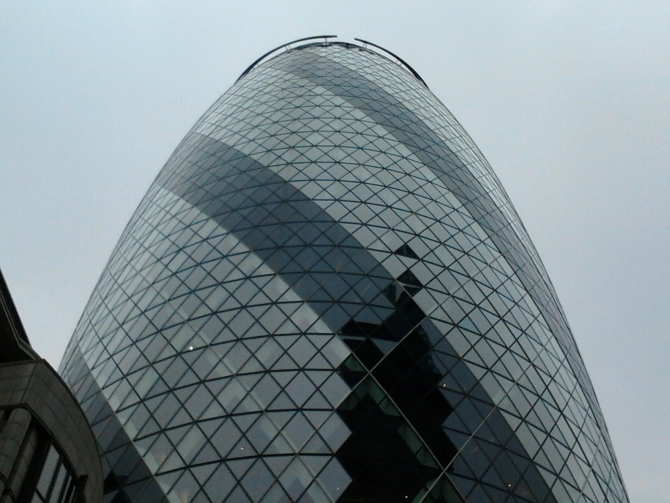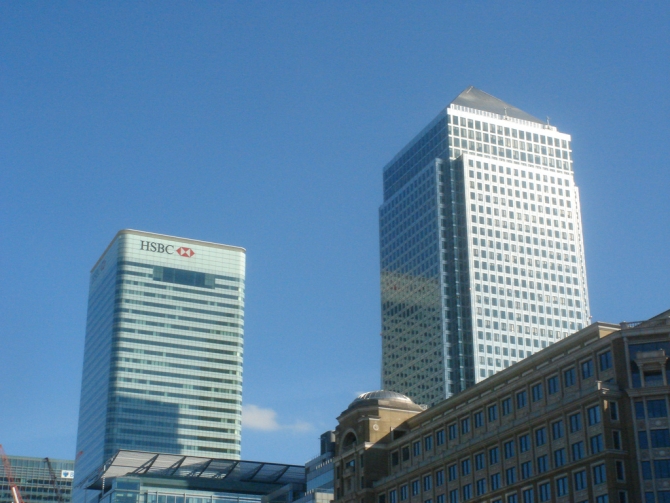Investors pumped around £4 billion into the Central London office market during the second quarter of the year, according to figures from CBRE.

Unsurprisingly, overseas buyers led the stampede, accounting for 69 per cent of total investment. Thirty three per cent of these were Asian investors, continuing the trend seen earlier in the year.
Among the eye catching deals completed during Q2 were the acquisition of a 70 per cent stake in 10 Upper Bank Street by China Life Insurance, for £541 million, and the £110 million purchase of 111 Broad Street by the China Construction Bank.
This dominance of the London market by foreign capital is set to continue with the leading bidders for 30 St Mary Axe and the HSBC Building expected to come from overseas.
The agents appointed to oversee the £650 million sale of the City landmark, widely known as the Gherkin, have embarked on a whistle-stop global tour to meet interested overseas parties.
The marketing tour will reportedly target 25 -30 Asian investors and a similar number of potential buyers from the Middle East. A smaller number of US investors are also expected to meet with agents.
Meanwhile Canary Wharf’s HSBC Building, 8 Canada Square, is poised to become the most expensive single property ever sold in the UK if it reaches the asking price of £1.1 billion. Once again, overseas buyers are expected to lead the bidding for the 44-storey tower.

Matthew Richardson, director of European real estate research at global asset management firm Fidelity Worldwide Investment, told the Wall Street Journal that this influx of overseas capital makes London “the new triple-A of the property market.”
But, he says, it also has its downside. One of the drawbacks is that the transparency of the UK market, widely regarded as one of its key attractions, is becoming clouded as overseas investors are less likely to provide information to the Investment Property Databank (IPD) and other industry bodies.
Consequently, Richardson warns, “our ability to understand the market is decreasing.”